Form Without Celebration – A Critical Look at the Fountain on Breitscheidplatz
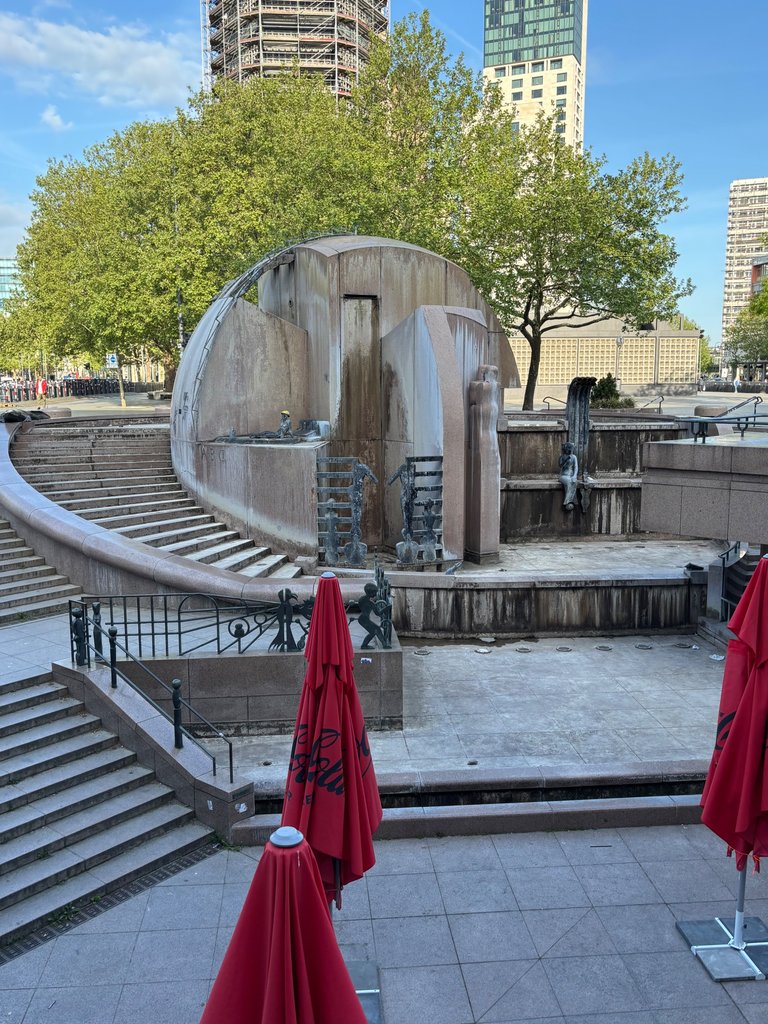
In the heart of Berlin's Breitscheidplatz—an urban stage where history, commerce, and modernity collide—stands a monumental fountain that has long stirred controversy. Surrounded by staircases, concrete surfaces, and construction zones, this sculptural ensemble rises like a relic of an era that distrusted beauty and celebrated ambiguity.
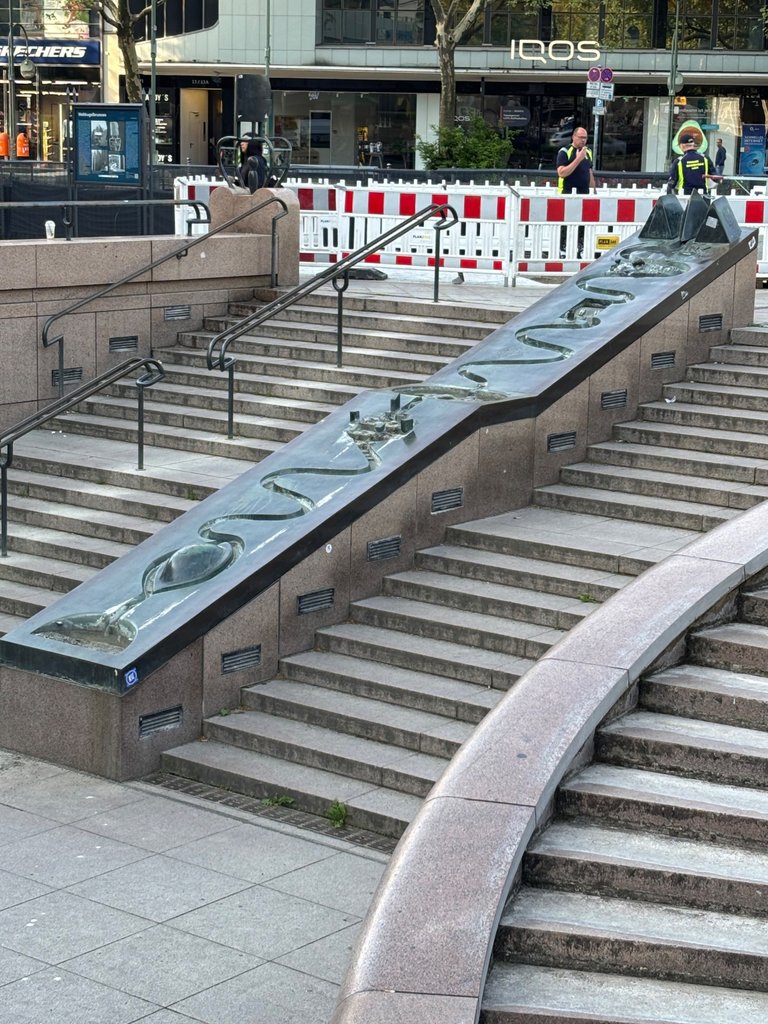
The fountain, created by artist Joachim Schmettau in the 1980s, defies classical expectations. Its asymmetrical lines, jagged surfaces, and fragmented bronze figures aim for symbolic depth but land in dissonance. The human forms, frozen in bizarre, almost grotesque poses, seem meant to comment on urban life. Yet rather than provoke thoughtful reflection, they appear scattered and disoriented—more lost than profound.
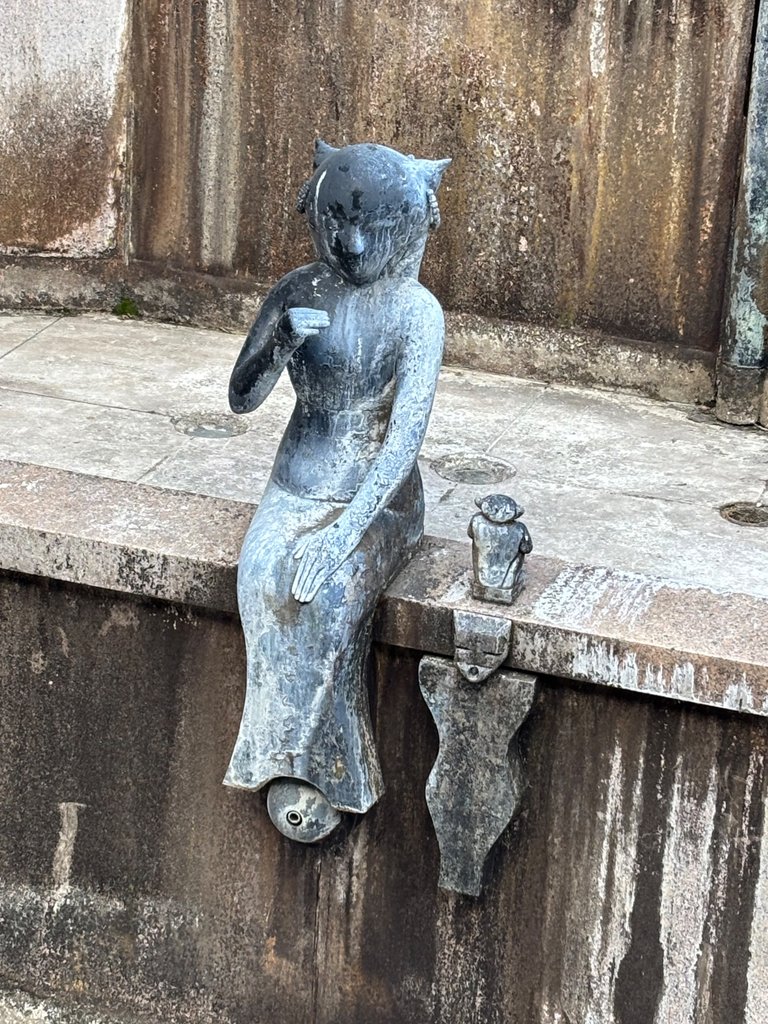
What the fountain lacks most is a coherent aesthetic framework. Symmetry—once a cornerstone of public monument design—is wholly absent. Instead, the structure seems to deliberately reject all conventional standards of beauty. The forms are crude, the surfaces weathered and streaked, and even in bright daylight the installation feels like an abandoned stage set. Surrounded by sleek modern buildings like the Bikini House, Europa-Center, and towering office blocks, the fountain seems like a time capsule from a more disillusioned past.
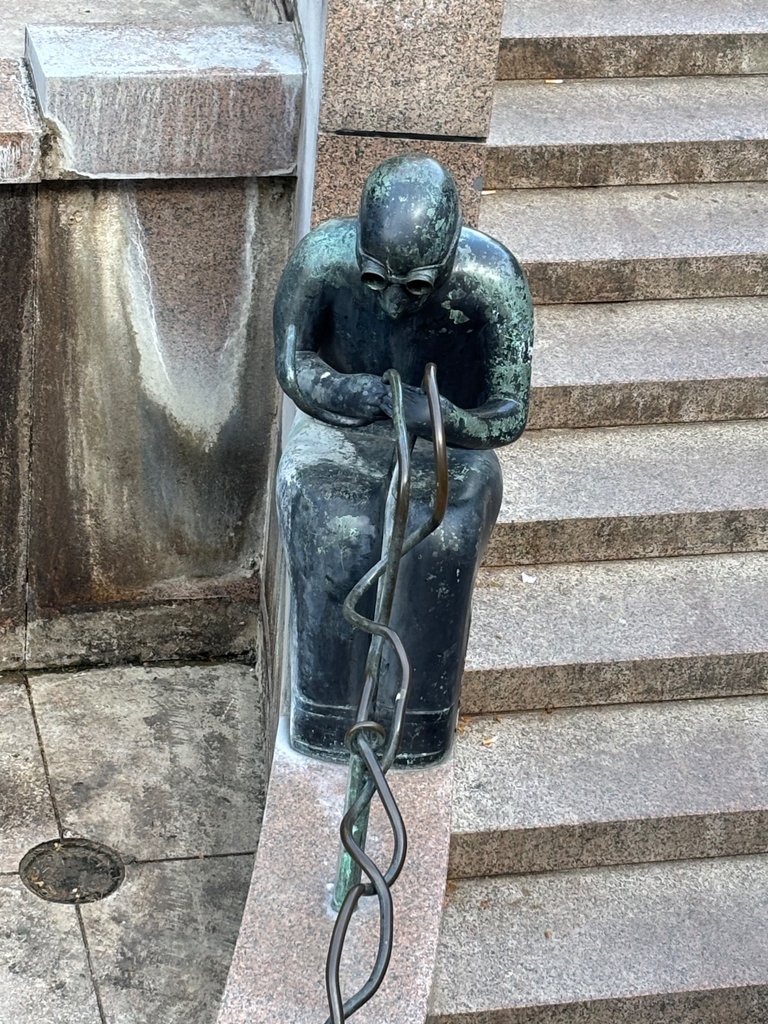
There’s a kind of raw radicalism in its postmodern language, to be sure. But while other works from that era are being reevaluated and reappreciated, this fountain continues to evoke discomfort. The massive concrete staircases that encircle it contribute to an unsettling sense of descent—both literal and metaphorical. What was once intended as a place for gathering and rest now feels vacant, cold, and uninviting.
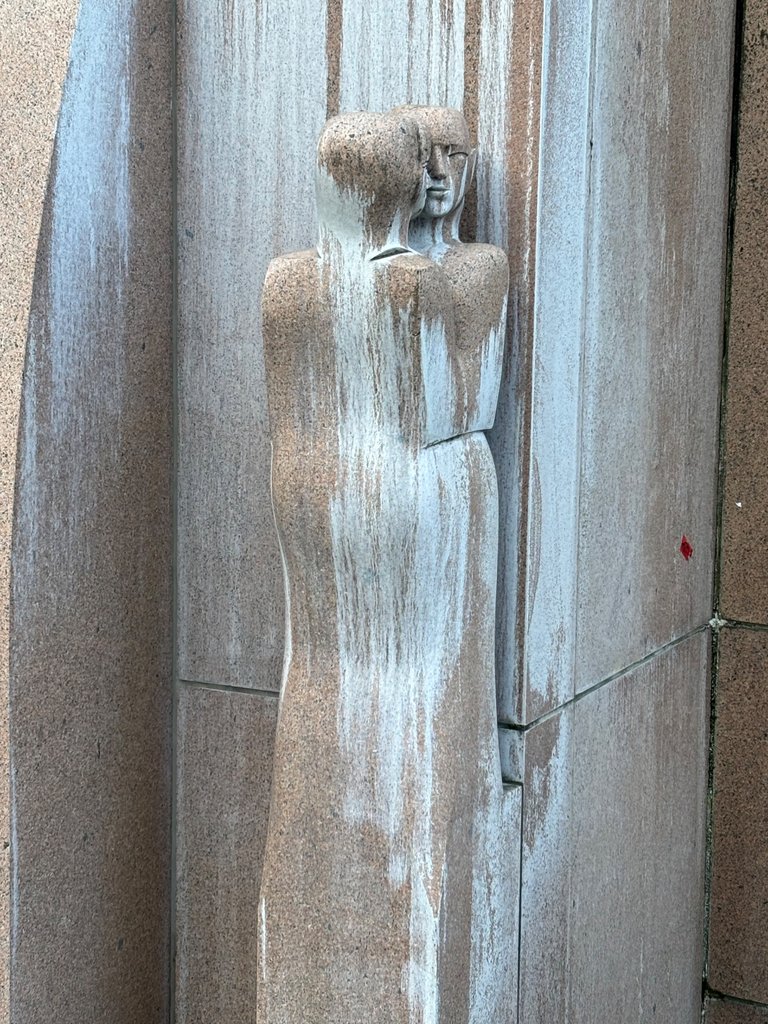
Art should challenge us. It can disturb, provoke, even offend. But public art—especially at this scale—should also open a conversation with its environment and its people. The Breitscheidplatz fountain fails in that regard. It stands as a monument to aesthetic disorientation: notable, but not admirable.
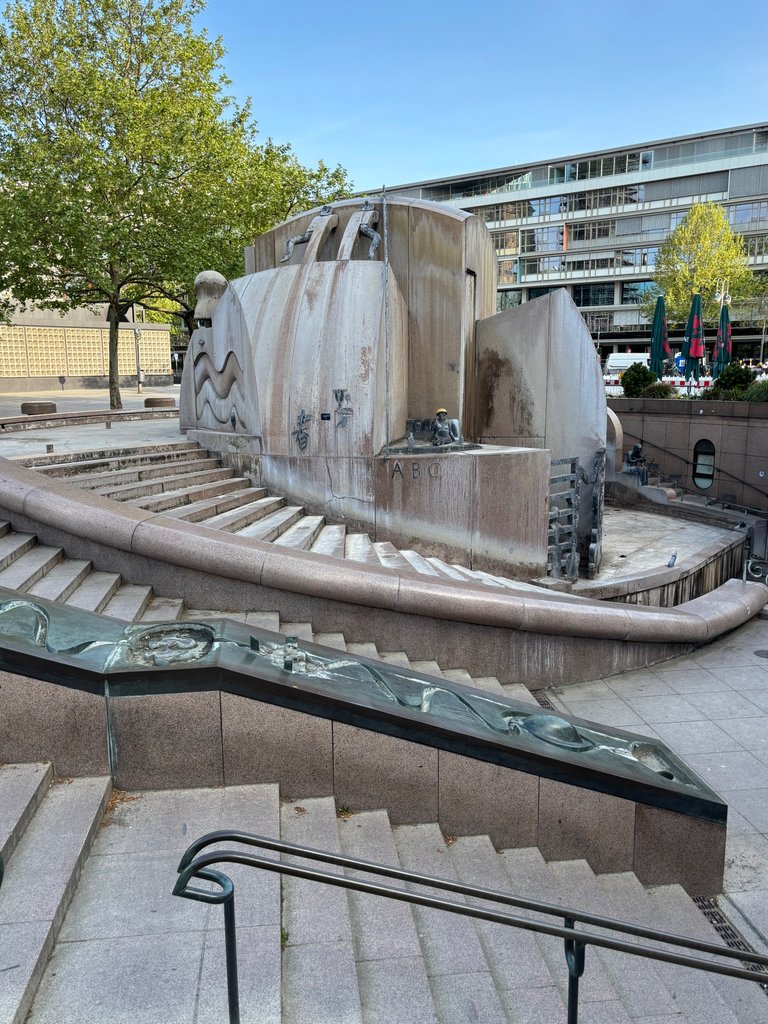
In a city as dynamic as Berlin, it may be time to reconsider this space. The square deserves an artistic presence that not only reflects the city’s layered identity but also offers beauty, clarity, or at least resonance with those who pass through it.
ciao Kakao, your Morticia
Form ohne Feierlichkeit – Eine kritische Betrachtung des Brunnens am Breitscheidplatz

Mitten auf dem geschichtsträchtigen Breitscheidplatz, einem Ort voller Kontraste zwischen Mahnmal, Kommerz und Moderne, steht ein Brunnen, der seit Jahrzehnten polarisiert. Zwischen Treppen, Plattenbauromantik und Baustellenästhetik erhebt sich ein monumentaler Block aus Beton und Bronze – monumental nicht im klassischen, sondern im spröden Sinn. Was als Kunstwerk gedacht ist, wirkt heute wie ein Mahnmal an eine Epoche der Formlosigkeit.

Der Brunnen, gestaltet vom Künstler Joachim Schmettau und in den 1980er-Jahren errichtet, ist geprägt von asymmetrischen Linien, unruhiger Oberflächengestaltung und einer Figurensprache, die irgendwo zwischen expressionistisch und grotesk pendelt. Die Einzelplastiken – Menschenfiguren in teils bizarren Posen – sollen vermutlich das urbane Leben karikieren oder kommentieren. Doch statt zum Nachdenken anzuregen, wirken sie in dieser Komposition orientierungslos, fast verloren.

Was diesem Ensemble vor allem fehlt, ist eine klare Ordnung, eine ästhetische Leitlinie. Symmetrie – einst Grundpfeiler öffentlicher Repräsentationsarchitektur – sucht man hier vergeblich. Stattdessen scheint das Werk bewusst gegen alles zu stehen, was klassisch „schön“ ist. Die Formen sind roh, die Oberflächen verschmutzt, und selbst bei gutem Licht wirkt der Brunnen wie eine verlassene Kulisse. Besonders augenfällig wird das im Zusammenspiel mit dem städtischen Umfeld: Der benachbarte Hochhauskomplex, die moderne Westfassade des Bikini-Hauses und das Europa-Center lassen das Werk wie ein Artefakt aus einer anderen, deutlich desillusionierteren Zeit wirken.

Zweifellos liegt im postmodernen Stil dieses Brunnens eine gewisse Radikalität. Doch während andere Werke dieser Epoche heute wiederentdeckt und geschätzt werden, bleibt dieser Ort ein Ort des Unbehagens. Die massive Treppenanlage rundherum trägt zur Wirkung eines Abstiegsmoments bei – wortwörtlich und metaphorisch. Wo einst der öffentliche Raum als Ort des Verweilens und der Begegnung gedacht war, herrscht hier Leere und Beton.

Kunst darf verstören. Kunst darf herausfordern. Doch öffentliche Kunst, vor allem in dieser Größenordnung, sollte auch einladen – oder wenigstens dialogfähig sein. Der Brunnen am Breitscheidplatz verfehlt diesen Anspruch. Er steht da wie ein Denkmal an eine Zeit der ästhetischen Orientierungslosigkeit – bemerkenswert, aber nicht bewundernswert.

In einer Stadt, die sich ständig wandelt, wäre es an der Zeit, über eine neue Gestaltung dieses zentralen Platzes nachzudenken – eine, die Berlin nicht nur spiegelt, sondern ihm auch gerecht wird.
Ciao Kakao, Eure Morticia
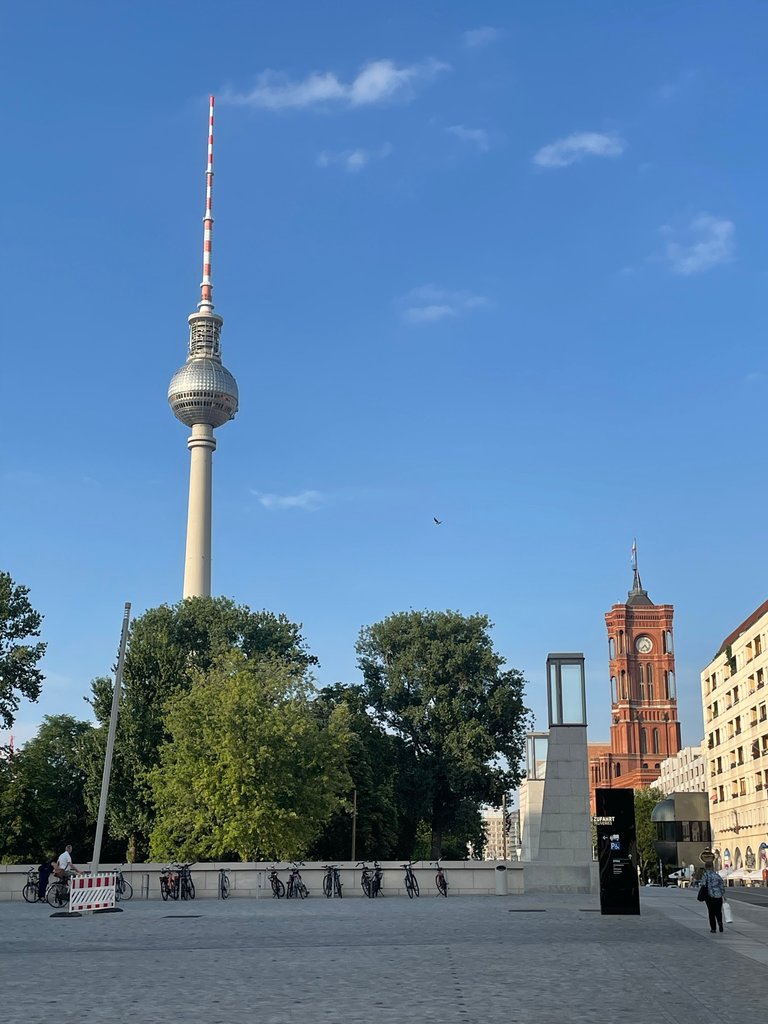 |  | 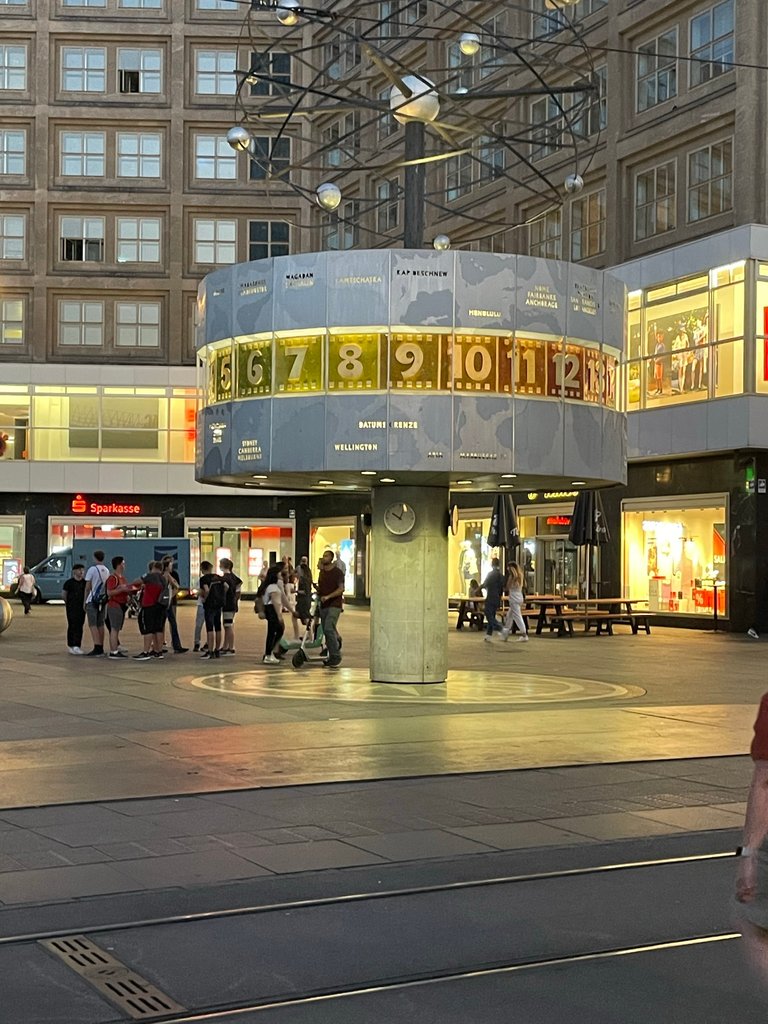 |
| Don't forget to reshare! | For every reshare/rehive you will get one of my Proof-of-Reshare NFTs. Current Edition: Morticia #4 only 30 pices | Don't forget to reshare! |
[//]:# ([//]:# (!worldmappin 52.50464 lat 13.33650 long d3scr))
You can check out this post and your own profile on the map. Be part of the Worldmappin Community and join our Discord Channel to get in touch with other travelers, ask questions or just be updated on our latest features.
Wow, some really amazing pictures my friend 👍🤗
Wow, amazing photography.